
Fans used in dedusting are subject to high wear due to particle impact, but they must also prevent dust adhesion as far as possible. We meet this challenge, for example, by specifically selected blade geometries. Induced draft fans, also in wear-protected designs, are used wherever filters and cyclones are employed, e.g. in the cement, wood and steel industries, in paper production or in power plants.
Type of product:
Tags:
Shipping region:

Get industrial fans for almost every performance range and thus the tailor-made solution for your intended purpose. As a result, the industrial fan from POLLRICH exactly matches the performance parameters you require and fits into your application in an energy-efficient and reliable manner. A continuously documented quality and project management system offers you high quality and fast delivery times.
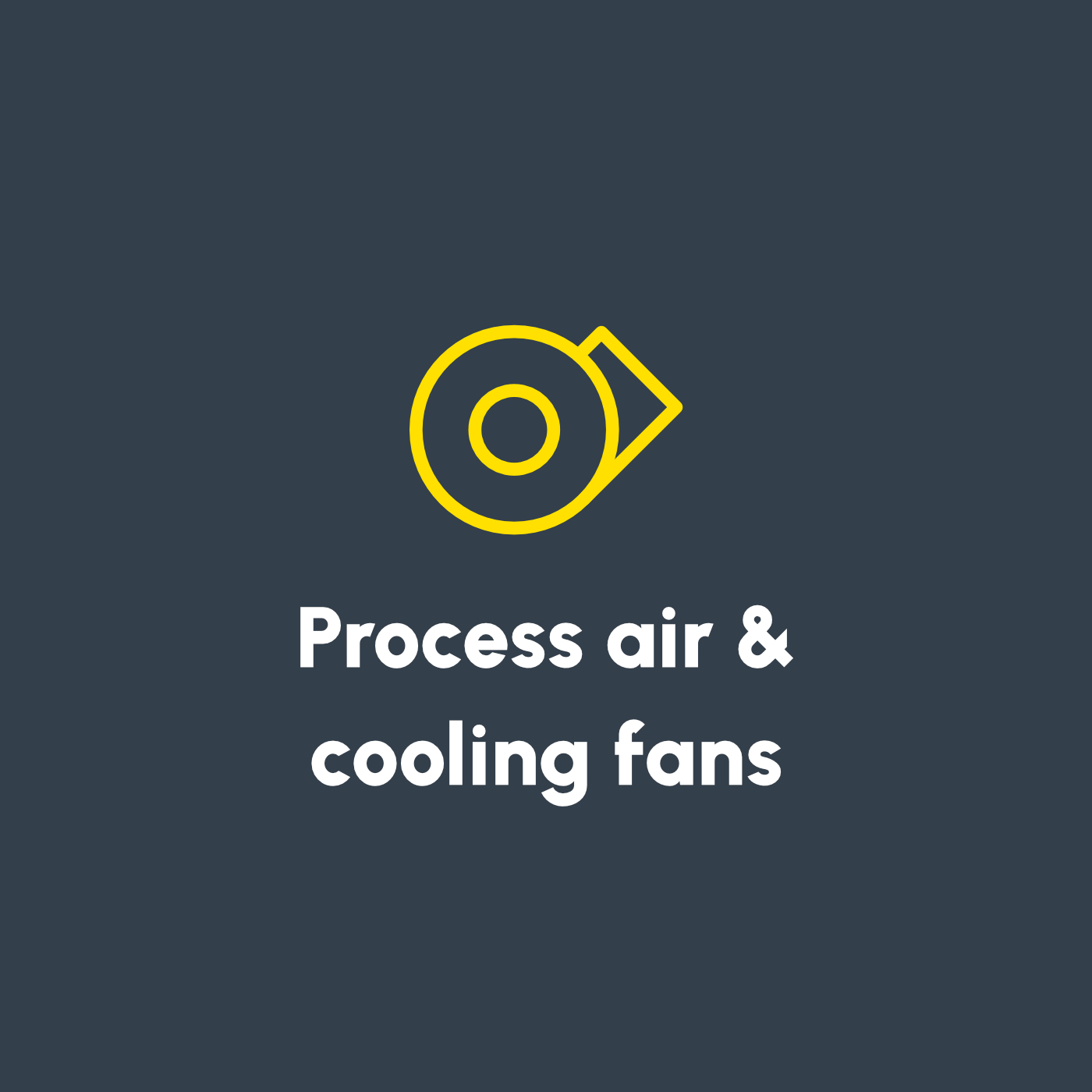
In contrast to ventilation fans from the air-conditioning and ventilation industry, the focus for fans for process air and cooling is on long bearing service lives combined with the lowest possible maintenance costs. In addition, the aim is to achieve the highest possible overall efficiency of over 85%. For process air & cooling, fans of various designs are used in a wide range of industrial sectors. The longevity of all components, even in continuous operation, is a particular priority here.
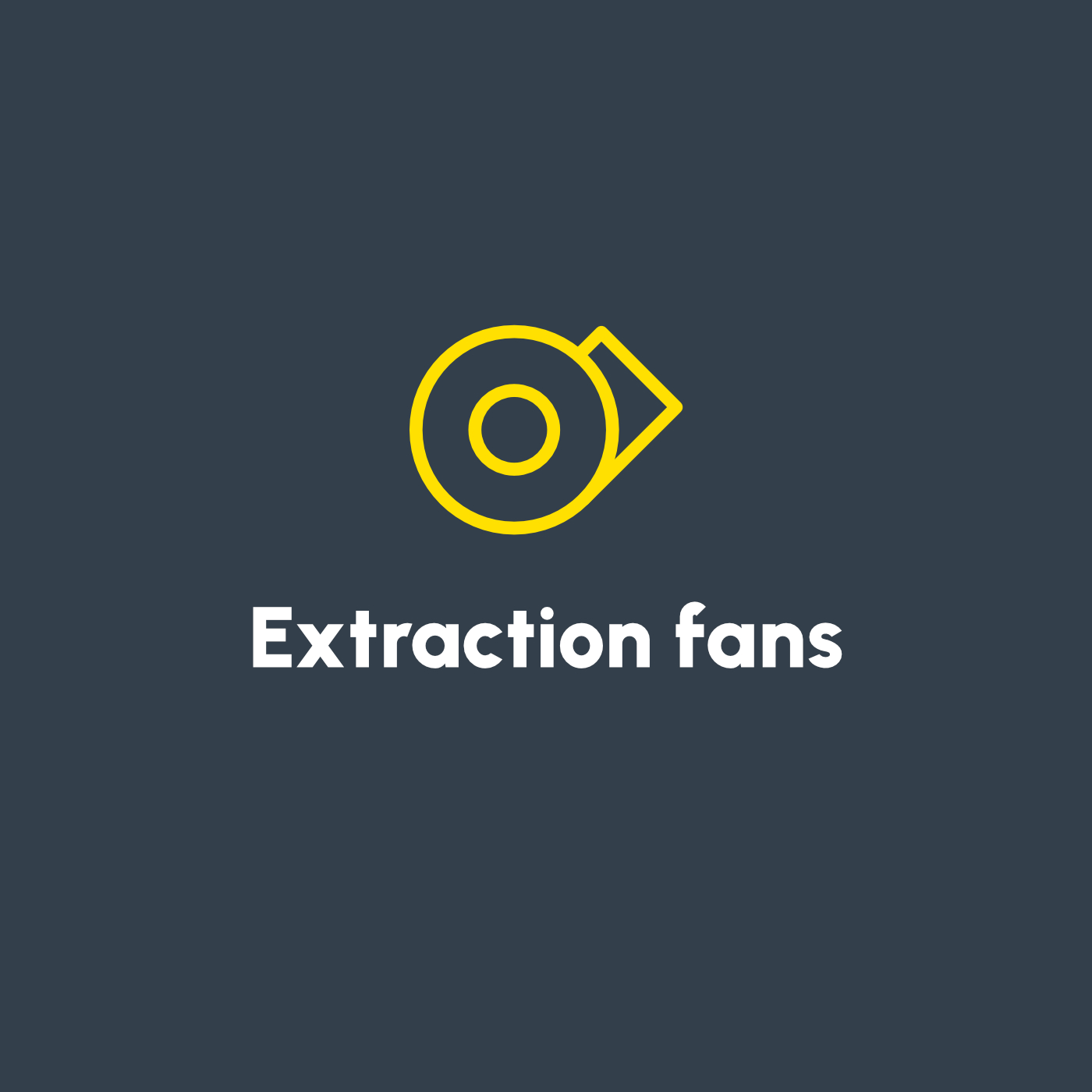
Precise performance even at high temperatures When sizing fans for extruction, the performance must be very precisely matched to the specifications for air volume and pressure difference in order to achieve optimum results in the process. At the same time, these fans must be protected against both high temperatures and aggressive, toxic, abrasive, erosive or explosive gas mixtures. These fans are mainly used in the chemical industry, the petrochemical industry and also in the pharmaceutical industry.

Temperatures of 450°C and more When sizing fans for extruction, the performance must be very precisely matched to the specifications for air volume and pressure difference in order to achieve optimum results in the process. At the same time, these fans must be protected against both high temperatures and aggressive, toxic, abrasive, erosive or explosive gas mixtures. These fans are mainly used in the chemical industry, the petrochemical industry and also in the pharmaceutical industry.
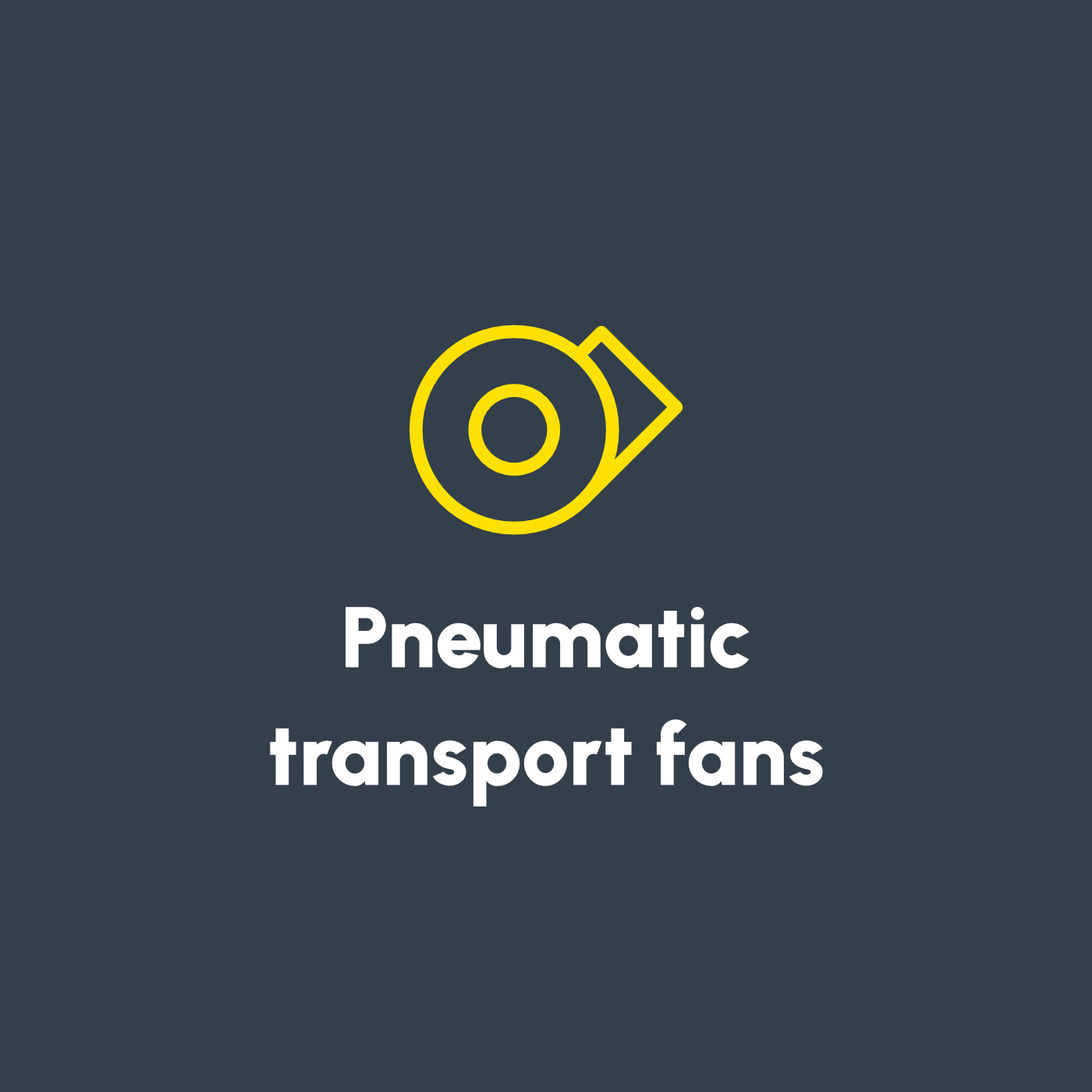
Experience for your application Conveying solids by means of transport fans requires a high level of experience in the mechanical design of all components. In the case of fans for pneumatic transport, the focus is on robust impellers, blockage-free material guidance and vibration-insensitive bearing designs.
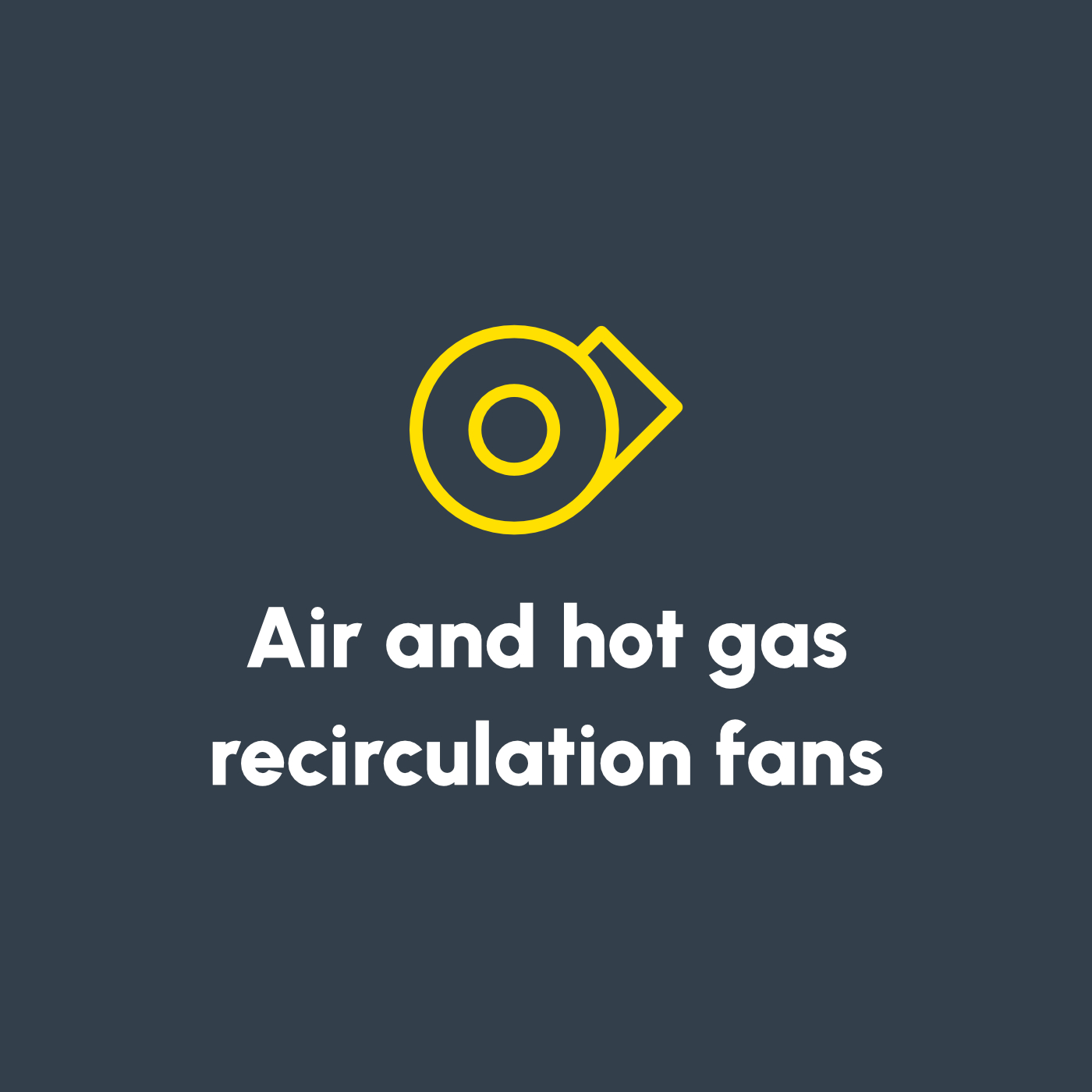
Engineered to accommodate continuous heavy-duty operation, our products are meticulously designed to meet the demands of persistent loads. In complement to our standard fan offerings, we specialize in tailored installation units that are extensively utilized for both air and hot gas circulation applications. Our systems are adept at managing extreme temperatures, reliably performing even in environments where temperatures soar to 750°C and beyond, ensuring safety and efficiency in industrial operations.
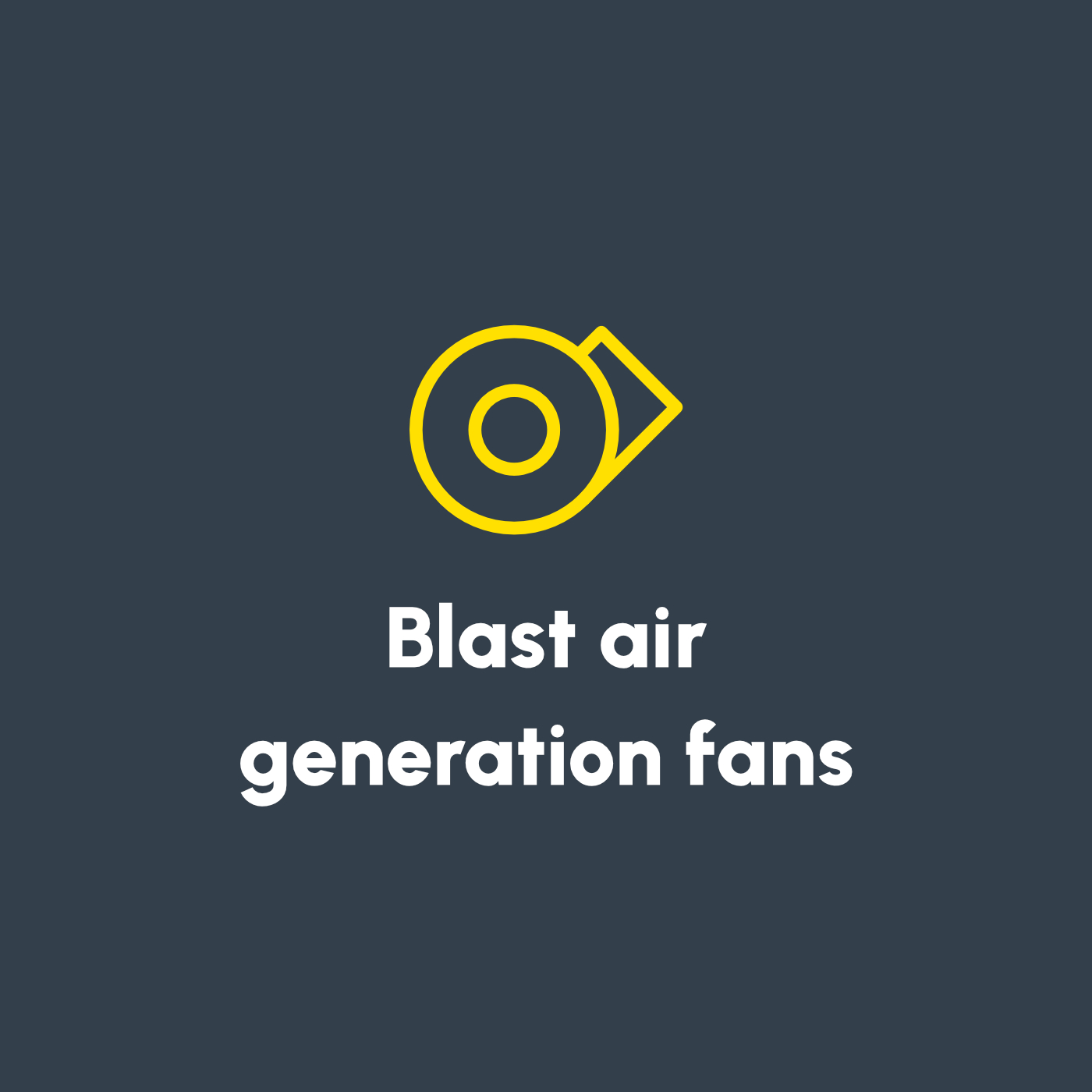
High speeds and high efficiency Small air volumes at high pressures require small, compact and high-speed fans with speeds up to 6,000 /min. When designing fans for blast air generation, high efficiency with the lowest possible noise and precise pressure control must be taken into account. Blast air generation is an important topic, especially in the plastics industry and film production. In addition to the fan, POLLRICH also offers innovative solutions for the complete process air technology.
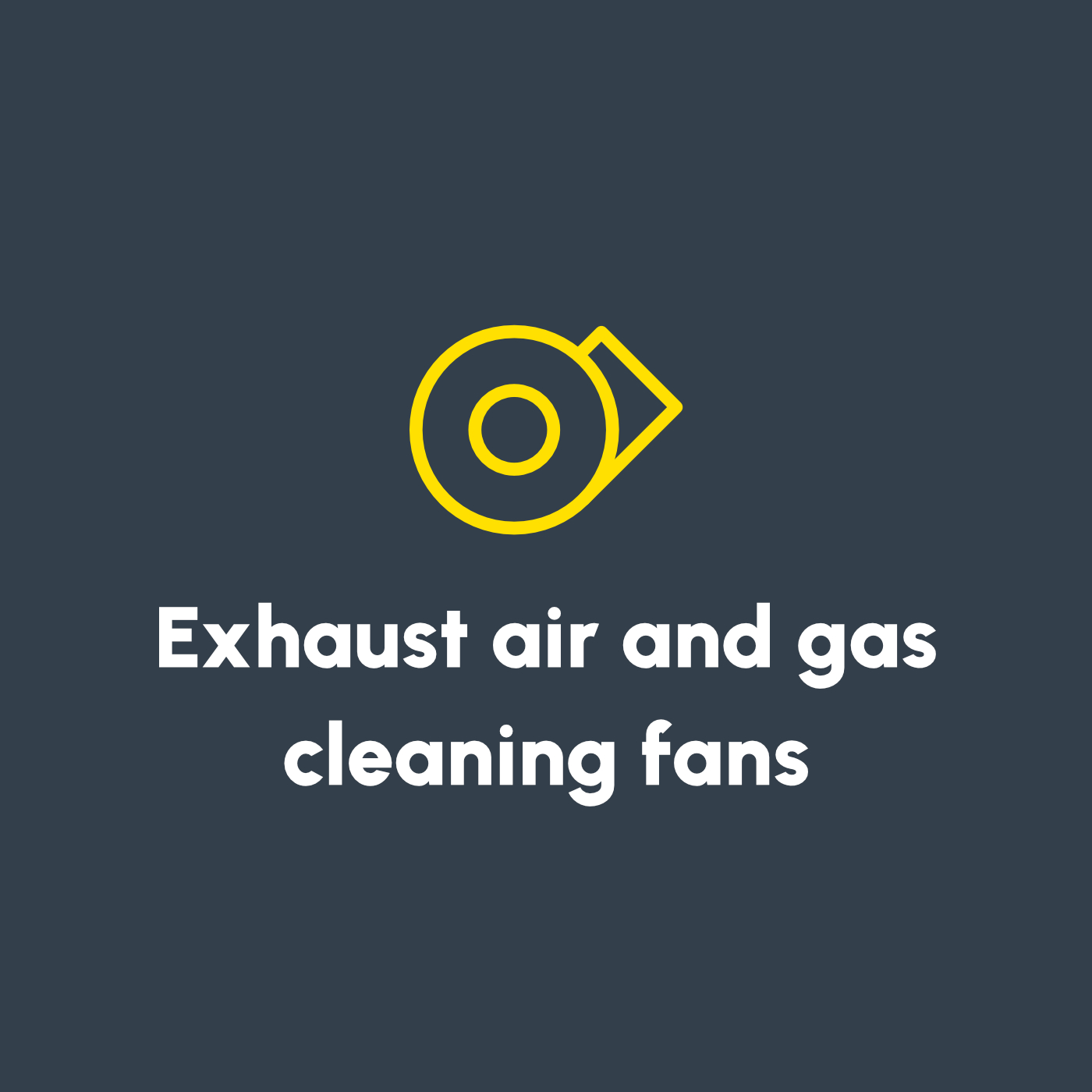
Robust and reliable Induced draft fans convey the exhaust gas flows out of the plant and guide them via the downstream filters, separators and scrubbers to the stack or downstream processes. High operational reliability and robustness as well as precise air volume and pressure control are just as essential for fans used for exhaust air and exhaust gas cleaning as high efficiency levels. A typical application is, for example, in waste incineration plants.
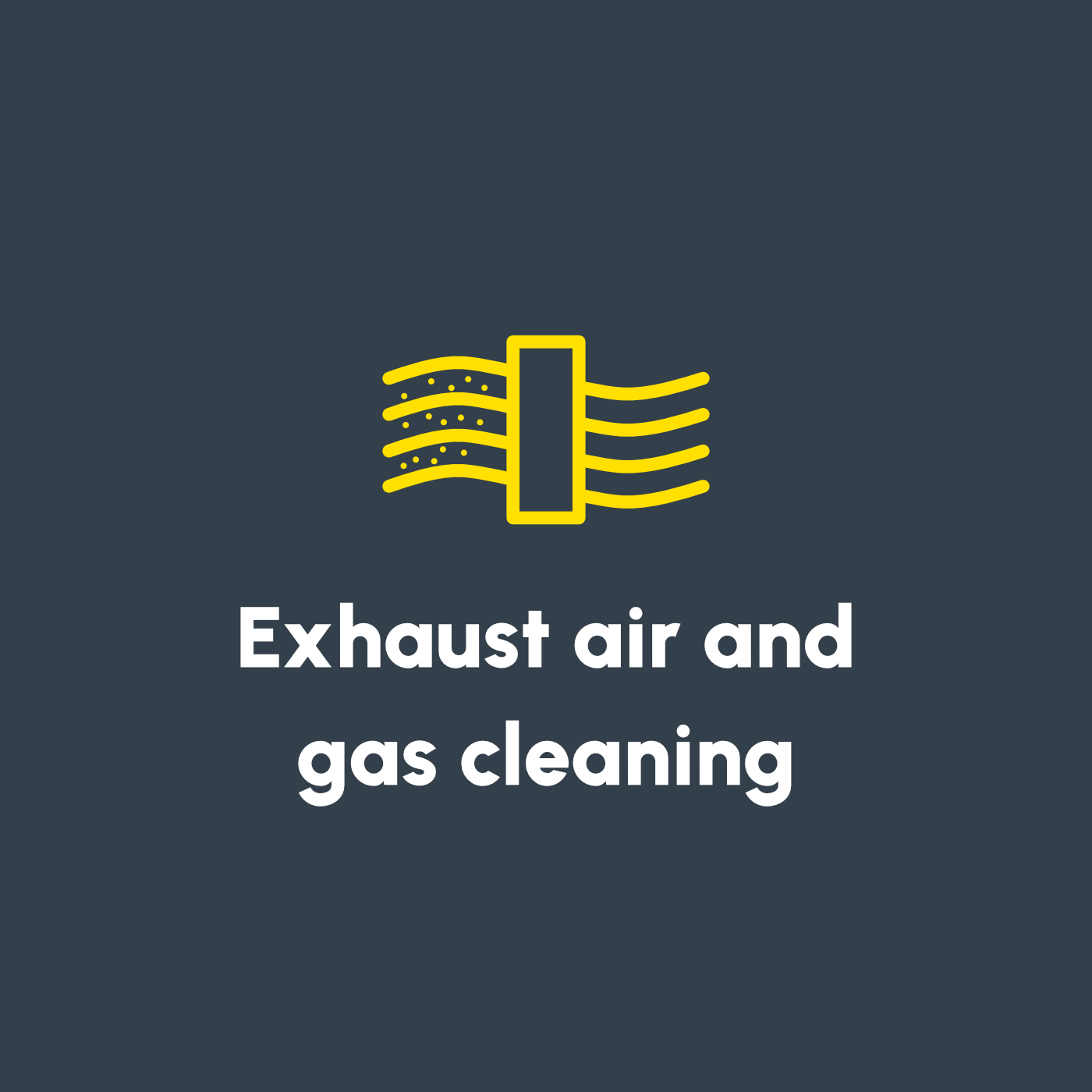
In manufacturing facilities, particularly those involving chemical processes or heavy machinery operations, the release of exhaust air and gases containing pollutants poses significant environmental and health risks. To mitigate these risks and ensure regulatory compliance, the implementation of an exhaust air and gas cleaning fan system is crucial. The primary objective of deploying an exhaust air and gas cleaning fan is to effectively remove harmful pollutants, particulate matter, and contaminants from the air emitted during industrial processes. By doing so, the system helps maintain clean air quality in the surrounding environment and minimizes the impact of industrial activities on human health and the ecosystem. 1. Pollutant Capture: The fan system is equipped with efficient filtration mechanisms designed to capture a wide range of pollutants and particulate matter suspended in the exhaust air and gases. 2. Gas Scrubbing: Specialized scrubbers integrated into the system target gaseous pollutants, such as sulfur dioxide, nitrogen oxides, and volatile organic compounds (VOCs), through chemical reactions or absorption processes. 3. Particulate Removal: High-performance filters, including HEPA (High-Efficiency Particulate Air) filters, effectively trap fine particles and dust, preventing their release into the atmosphere. 4. Variable Speed Control: The fan's variable speed control feature allows for precise adjustment of airflow rates and suction power, ensuring optimal pollutant capture and energy efficiency. 5. Monitoring and Control System: An advanced monitoring and control system continuously tracks air quality parameters, such as pollutant concentrations and pressure differentials, providing real-time data for system optimization and regulatory compliance. 6. Automatic Alarm and Shutdown: The system is equipped with automatic alarm triggers that notify operators of any deviations from preset air quality standards. In critical situations, such as filter saturation or system malfunctions, the fan can initiate an automatic shutdown to prevent the release of contaminated air. 7. Remote Monitoring and Maintenance: Remote access capabilities enable facility managers to monitor system performance, conduct diagnostics, and schedule maintenance tasks from a centralized control center or mobile device, enhancing operational efficiency and minimizing downtime.